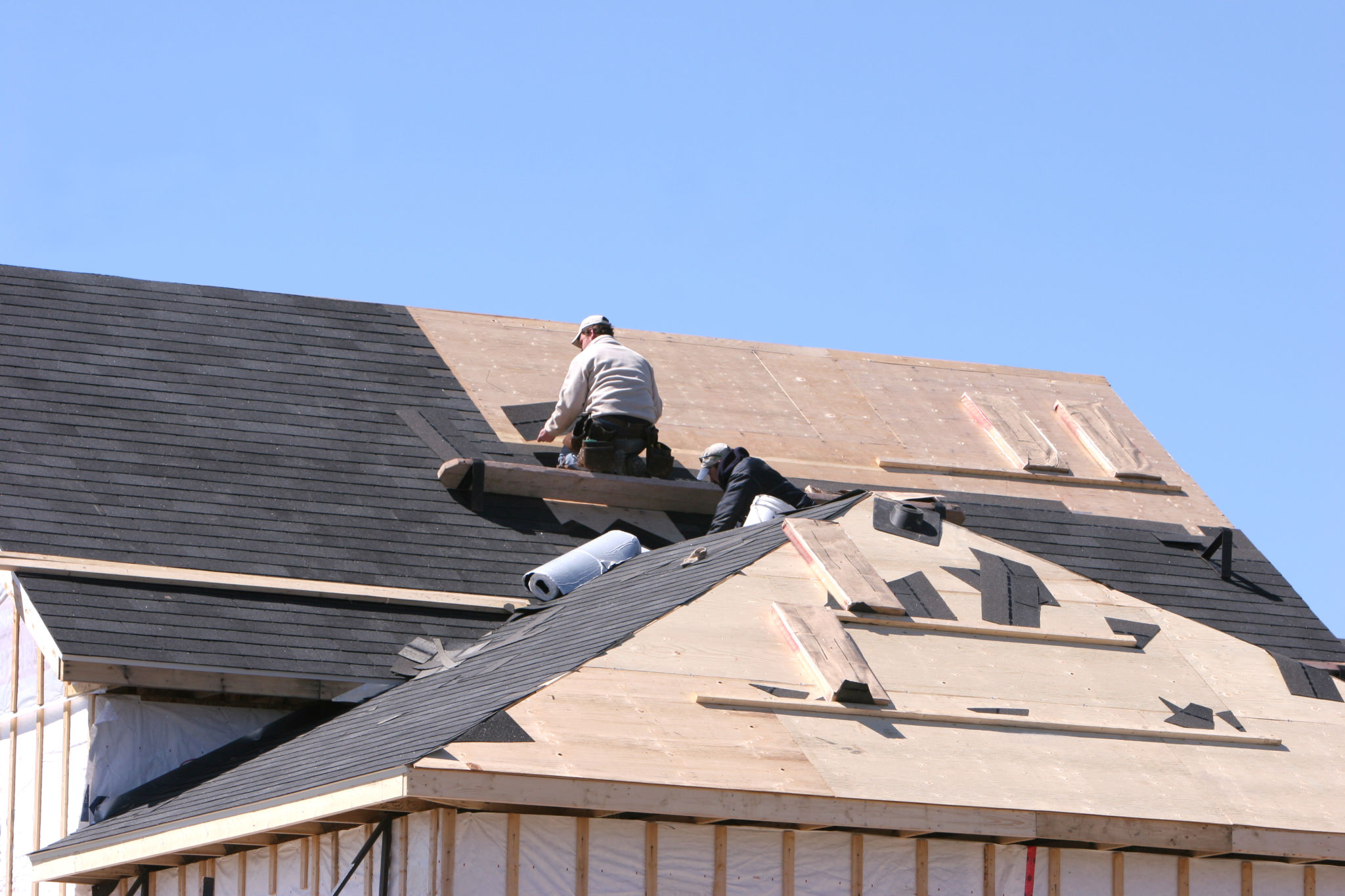How to Board Up Broken Windows After a Storm: A DIY Guide
Understanding the Importance of Boarding Up Windows
After a severe storm, one of the first things you might notice is damage to your windows. Broken or shattered windows not only compromise your home’s security but also expose the interior to further weather damage. Boarding up these windows is crucial to protect your belongings and maintain safety until permanent repairs can be made.
Boarding up windows is a task most homeowners can handle with some basic tools and materials. This DIY guide will walk you through the process, ensuring that you can secure your home effectively and safely.

Gathering the Necessary Materials and Tools
Before you begin, it's important to gather all the necessary materials and tools. This includes:
- Plywood sheets (preferably 5/8 inch thick)
- Measuring tape
- Circular saw or hand saw
- Screws or nails
- Drill or hammer
- Safety goggles and gloves
Having these items on hand will make the boarding process more efficient and safer.
Measuring and Cutting Plywood
The first step in boarding up a broken window is to measure the window frame accurately. Use your measuring tape to determine the height and width of the window opening. Add a few extra inches to each dimension to ensure a snug fit.
Once you have your measurements, transfer them to the plywood. Use a circular or hand saw to cut the plywood to size. Be sure to wear safety goggles and gloves during this process to protect yourself from any flying debris.

Securing the Plywood Over the Window
With your plywood cut to size, it's time to secure it over the broken window. Position the plywood over the window opening, ensuring it covers all exposed areas. If you’re using screws, drill pilot holes in each corner and along the edges of the plywood.
Once your pilot holes are in place, drive screws through them into the window frame. If you’re using nails, hammer them in securely. Ensure that all edges of the plywood are firmly attached to prevent wind or debris from dislodging it.
Additional Tips for Effective Boarding
For added security, consider using additional bracing across larger windows. Place a wooden board diagonally from corner to corner on the interior side of the plywood for extra support.
If you're dealing with multiple broken windows, repeat the measuring, cutting, and securing process for each one. It’s important to maintain consistency in your approach to ensure all windows are equally protected.

Ensuring Safety Throughout the Process
Your safety is paramount when boarding up windows. Always use protective gear like gloves and goggles, especially when cutting materials or handling tools. Additionally, make sure your ladder is stable if you're working on higher windows.
If at any point you feel uncomfortable with the boarding process, don’t hesitate to call in a professional. It's better to seek help than risk injury or improper installation.
Preparing for Future Storms
Once your windows are securely boarded up, take this opportunity to prepare for future storms. Consider installing storm shutters or impact-resistant windows as a long-term solution. These options provide greater protection and reduce the need for emergency boarding.
Having a storm preparedness plan can also help minimize damage in future events. Stock up on essential materials like plywood and tools, and keep an updated list of emergency contacts handy.
Conclusion
Boarding up broken windows after a storm is an essential step in protecting your home and belongings. By following this DIY guide, you can ensure that your windows are secure and that you're prepared for any future weather challenges. Remember, when in doubt, seeking professional assistance is always a viable option.